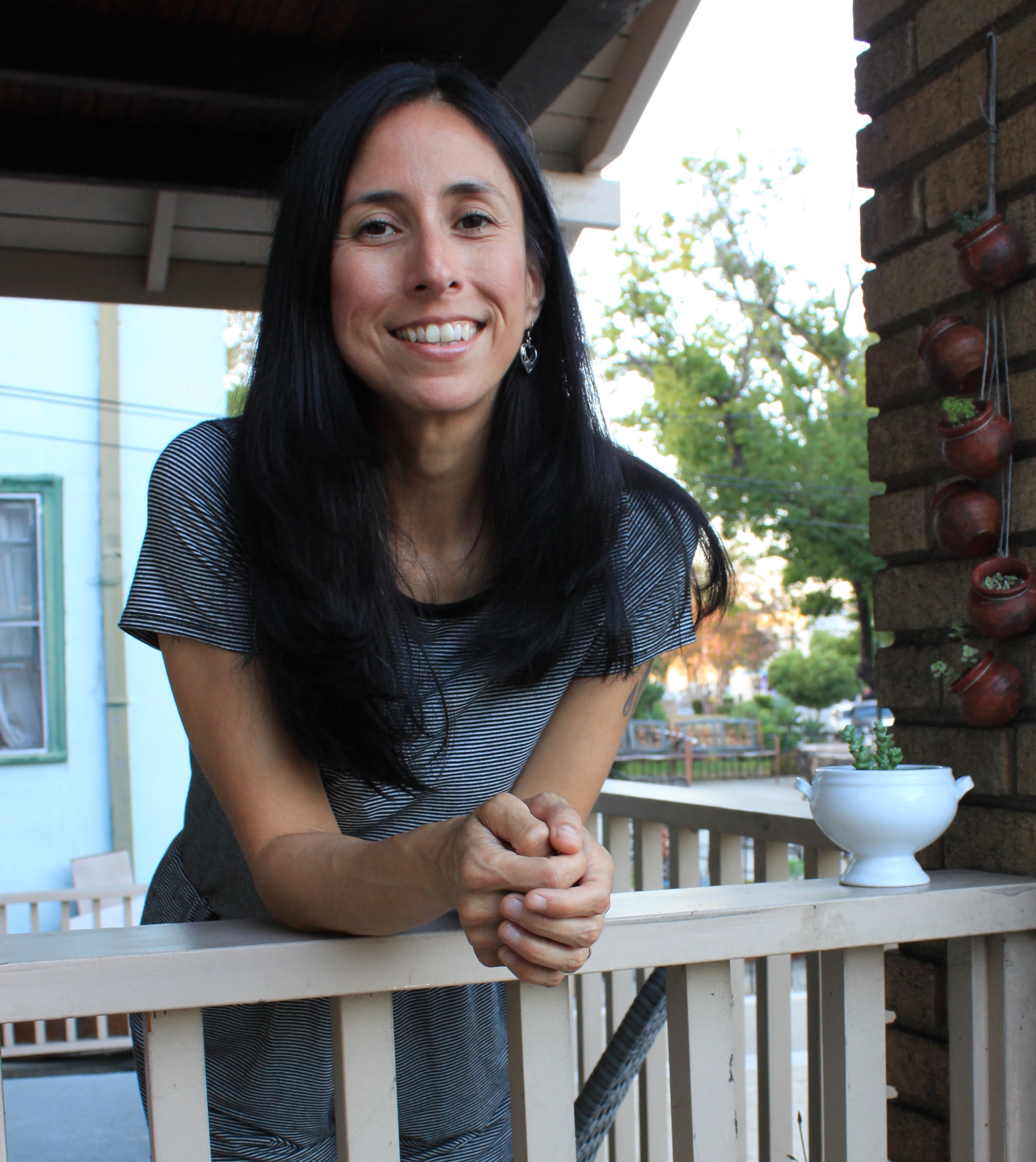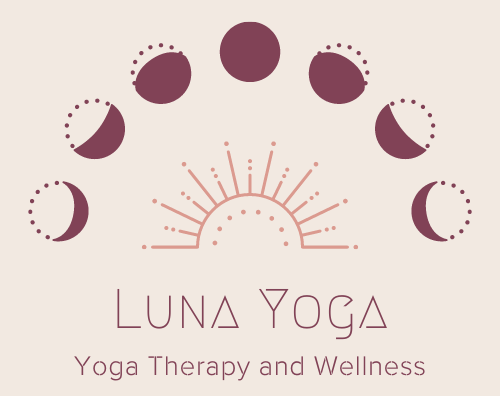Yoga Therapy & allied mental healthcare
A Psychophysiological, Therapeutic Practice that Supports an Integrative Approach to Trauma Recovery.


The Role of Embodied Mental Healthcare in Trauma Recovery
Yoga therapy is an individualized, assessment-based, psychophysiological therapeutic practice that uses lifestyle modifications, movement, breath, and attention practices to promote stress reduction, increase self-regulation and treat trauma symptoms in the body. Yoga Therapy offers a bottom-up approach to integrating and processing trauma in the body and nervous system. It is a powerful complement to top-down forms of therapeutic treatment such as talk therapy, EMDR, and medication. Trauma is physiological, not just psychological, so embodied and “bottom-up” processes are integral in any trauma recovery treatment.
3 Components of Yoga Therapy that Supports Trauma Recovery
Movement
Yoga Therapy utilizes postures & movement that are performed in a slow, controlled manner and requires balance, coordination, and constant tracking of one’s body position in space. The mechanisms of yoga-based movement improve proprioceptive, interoceptive, and sensory awareness. Movement, cognition, and emotions are reformatted with a yoga practice. The body-focused attention that comes from yoga-based movements reduces allostatic load and widens the practitioner’s window of stress tolerance at the level of the nervous system. These movement, breath, and attention practices have an effect on the autonomic processes in the body that cause a shift in how people experience the world. Through consistent practice, over time, people with trauma can utilize yoga-based practices to shift how they experience the world as they develop more resilience and capacity in their nervous systems.
Breath
Yoga Therapy utilizes conscious regulation of breath as a mechanism for improving parasympathetic tone, autonomic regulation, and emotional regulation. Breath regulation directly impacts nervous system regulation and is, therefore, a crucial tool for treating trauma symptoms and mental health. Slow and rhythmic breathing, coupled with movement, shifts the autonomic state which filters how we see and experience the world. These yoga-based practices help to shift the perspective and autonomic state of people living with trauma and provide them self empowered tools to integrate and resolve trauma in their bodies.
Mindfulness
Yoga Therapy utilizes body-focused attention, proprioceptive attention, interoceptive awareness, and metacognitive awareness as mechanisms for increasing emotional regulation and resilience to adjust to unpredictable events. Yoga-based practices strengthen the body, mind, and nervous system’s ability to flow between states of stress and ease without getting stuck in dysregulated states.
Who Can Benefit from Yoga Therapy?
Chronic Stress & Burnout
Anxiety & Depression
Fatigue, Low Energy
Pain Management
Psychiatric Conditions
Impaired Sleep
Trauma Recovery
Addiction Recovery

All clients begin with a 90-minute intake and assessment session that includes a whole-person approach to understanding a person’s wellbeing and state of health. Yoga Therapy assesses individual health and well-being at a physical, mental, emotional, and breath level, as well as a person’s connection to meaning and purpose in life.
Yoga Therapist designs a practice that gradually progresses over time, to provide a titrated and contained process for individuals to safely integrate trauma and balance their nervous system from an embodied level.

Working with a Yoga Therapist
Trajectory of Care
Positive Behavioral Changes
Integration, Personal Practice, and Lifestyle Changes

Yoga Therapists design individual practices based on realistic lifestyle needs and goals of patient. One person’s practice may include 10 minutes of simple breath, movement, and attention practices in their bed while another person may do a standing breath practice for 25 minutes each morning.
Once clients learn their practice, yoga therapist supports them in refining their movement and integrating the practice into their life. Practices are co-negotiated with the client in partnership and progress over time to develop the capacity of an individual to move in and out of different nervous systems states with more ease .


Mental Health Allies
Partnerships that Support Integrated Trauma Recovery
Multiple forms of care when treating trauma is imperative. The combination of top-down and bottom-up healing modalities is particularly effective when working with trauma. Embodied practices and yoga-based practices can help to build the capacity within the client to process and integrate the work they are doing in therapy and vice versa. There is not enough that can be said about the healing power of the therapeutic relationship and a team of support!

Phone
310-878-2903
luna@crissyluna.com
Serving
The South Bay, Los Angeles, and World Wide

